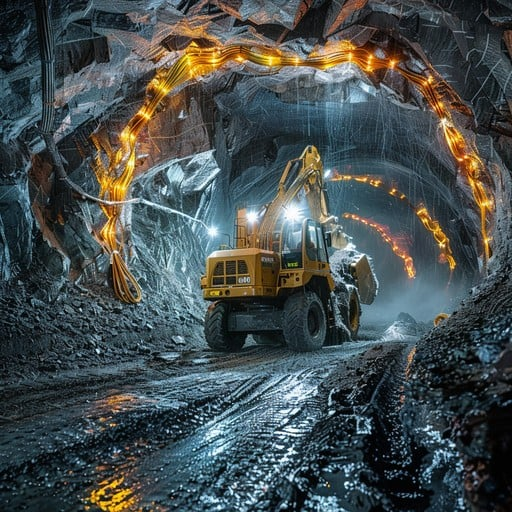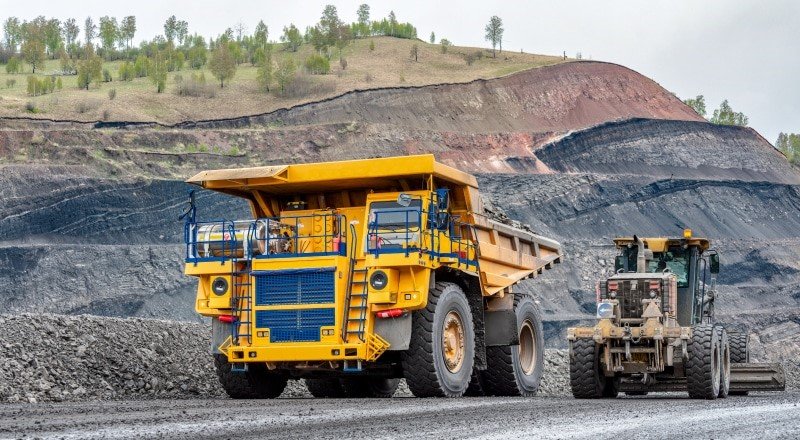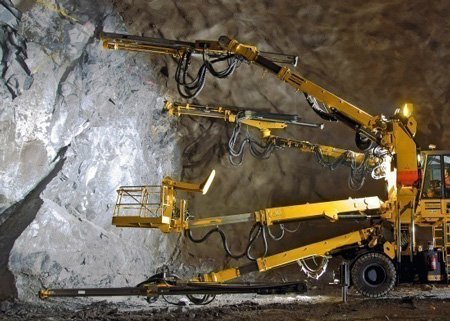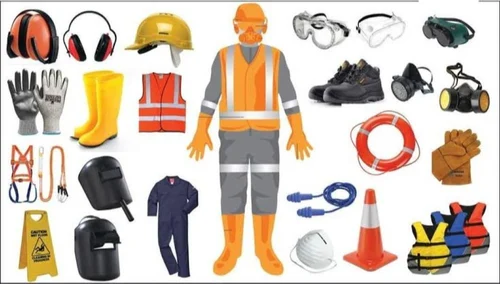South Africa mining supplies
Africa Mining Supplies: Essential Resources for the Continent’s Mineral Wealth
The African mining industry relies heavily on mining supplies to ensure efficient and sustainable operations. From heavy machinery and drilling equipment to safety gear and chemical reagents, these supplies are the backbone of mineral extraction and processing across the continent. As Africa holds over 30% of the world’s mineral reserves, the availability and quality of mining supplies play a critical role in maximizing productivity, ensuring safety, and promoting environmental stewardship. In this blog post, we will explore the types of mining supplies used in Africa, key suppliers, emerging trends, and how these resources contribute to the success of the mining sector.

Types of Mining Supplies Used in Africa
Mining supplies encompass a wide range of tools, equipment, and materials essential for exploration, extraction, processing, and safety. Key categories include:

1. Heavy Machinery
Heavy machinery is critical for excavation, hauling, and material handling. Examples include:
- Excavators : Used for digging and loading ore.
- Dump Trucks : Transport mined materials from pits to processing facilities.
- Bulldozers : Clear land and prepare mining sites.
Key suppliers: Caterpillar , Komatsu , and Liebherr .
2. Drilling and Blasting Equipment
Drilling rigs and explosives are essential for breaking rock and accessing mineral deposits.
- Drilling Rigs : Used for exploration and blasting preparation.
- Explosives : Provided by companies like Orica and Dyno Nobel .

3. Processing Supplies
Processing supplies are used to refine raw materials into high-grade products. These include:
- Crushers and Grinders : Reduce ore into smaller particles for further processing.
- Chemical Reagents : Used in flotation, leaching, and refining processes.
Key suppliers: FLSmidth , Metso Outotec , and BASF .
4. Safety Gear
Ensuring worker safety is paramount in mining operations. Common safety supplies include:
- Helmets, gloves, and boots.
- Respirators and protective clothing for hazardous environments.
- Gas detectors and emergency response kits.
Key suppliers: 3M , Honeywell , and MSA Safety .

5. Environmental Management Tools
Environmental supplies help minimize the ecological impact of mining activities. Examples include:
- Water recycling systems.
- Dust suppression equipment.
- Land rehabilitation tools for post-mining restoration.
Key suppliers: Golder Associates and ERM (Environmental Resources Management) .
Key Suppliers of Mining Supplies in Africa
1. Multinational Companies
Global firms dominate the supply of advanced mining equipment and technologies. Examples include:
- Caterpillar : Provides heavy machinery and spare parts.
- Sandvik : Offers drilling equipment, automation systems, and digital solutions.
- Epiroc : Specializes in underground mining equipment and service solutions.
2. Local Suppliers
African-owned companies play a vital role in delivering cost-effective and tailored supplies. Examples include:
- Bell Equipment : A South Africa-based supplier of construction and mining equipment.
- Barloworld Equipment : Distributes Caterpillar machinery and provides maintenance services.
3. Chemical and Processing Suppliers
Companies like BASF and Nalco Water (Ecolab) supply chemical reagents and water management solutions for mineral processing.
4. Safety and Protective Gear Providers
Local and international firms like 3M and DuPont provide safety gear that meets global standards, ensuring worker protection in challenging environments.
Emerging Trends in Mining Supplies
1. Adoption of Automation and Digitalization
Automation is transforming mining supplies, with innovations such as:
- Autonomous vehicles and drones for exploration and material transport.
- IoT-enabled equipment for real-time monitoring and predictive maintenance.
Key players: Sandvik , Komatsu , and Hexagon Mining .
2. Focus on Sustainability
Suppliers are increasingly offering eco-friendly products and solutions, such as:
- Solar-powered machinery to reduce reliance on fossil fuels.
- Biodegradable lubricants and chemicals for mineral processing.
3. Support for Artisanal Mining
Suppliers are developing affordable and durable equipment for artisanal and small-scale miners (ASM). This helps formalize ASM and improves productivity while ensuring safety.
4. Localization of Supply Chains
Governments and mining companies are prioritizing local procurement to reduce costs and support domestic industries. For example:
- South Africa’s Industrial Development Corporation (IDC) funds local manufacturers of mining supplies.
- Kenya and Tanzania are investing in local fabrication of spare parts and equipment.
Challenges Facing Mining Supplies in Africa
1. High Costs
Importing mining supplies can be expensive due to tariffs, transportation costs, and currency fluctuations. Developing local manufacturing capabilities is essential to reduce costs.
2. Limited Access in Remote Areas
Many mining sites in Africa are located in remote regions with poor infrastructure, making it difficult to deliver supplies efficiently. Upgrading roads and logistics networks is crucial.
3. Skills Gaps in Maintenance
Lack of skilled technicians and engineers to maintain advanced equipment can lead to downtime and increased operational costs. Training programs are needed to address this issue.
4. Counterfeit Products
The prevalence of counterfeit or substandard supplies poses risks to safety and operational efficiency. Strengthening quality control measures is necessary to combat this challenge.
Frequently Asked Questions (FAQs)
Q1: What are mining supplies?
A1: Mining supplies include heavy machinery, drilling equipment, processing tools, safety gear, and environmental management solutions used in mining operations.
Q2: Who are the main suppliers of mining supplies in Africa?
A2: Key suppliers include multinational companies like Caterpillar and Sandvik, as well as local firms like Bell Equipment and Barloworld Equipment.
Q3: How do mining supplies support sustainability?
A3: Eco-friendly supplies, such as solar-powered machinery and biodegradable chemicals, help reduce the environmental impact of mining activities.

